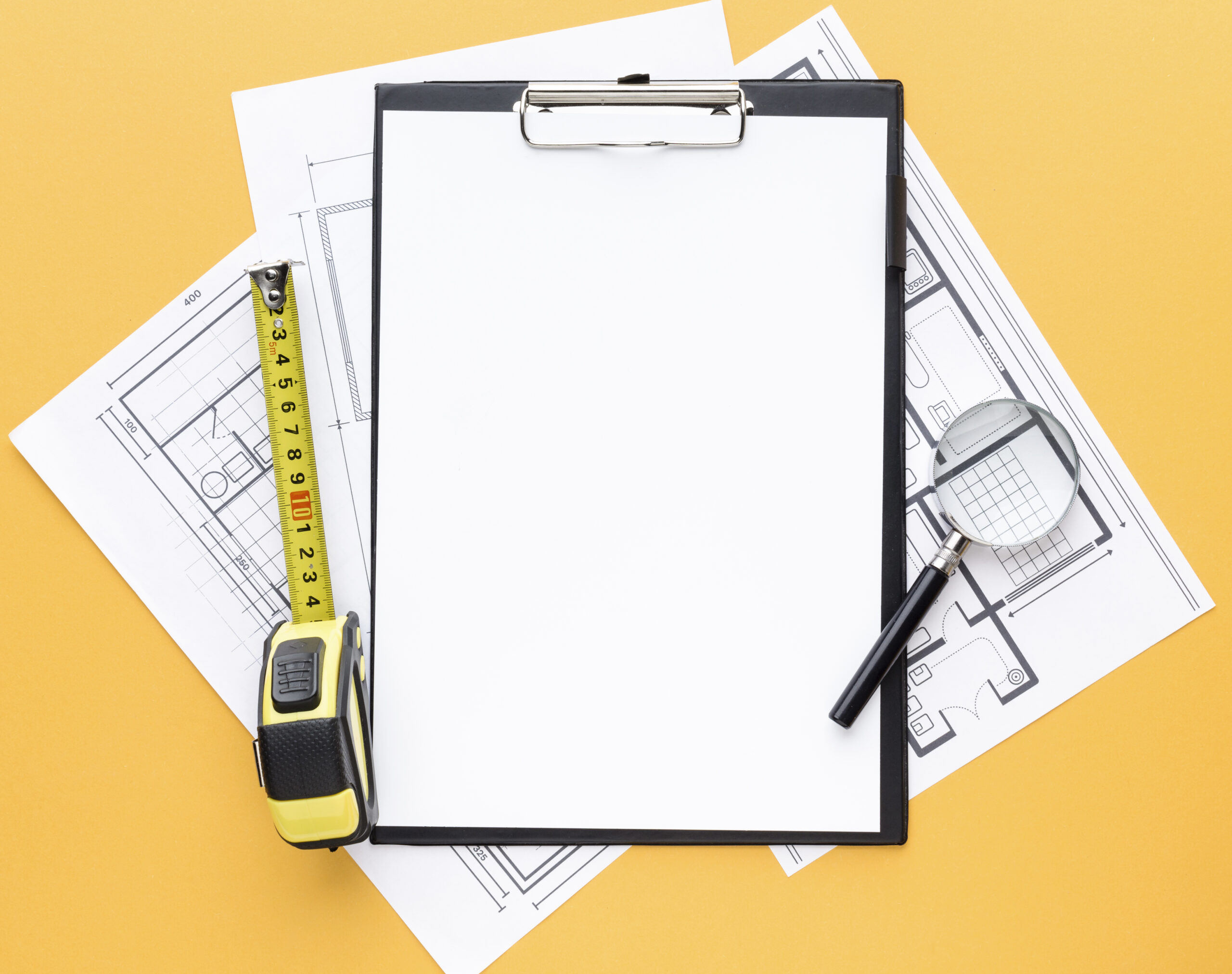Building permits are crucial to urban development and construction regulation, playing a vital role in shaping the landscape of any city. Understanding the intricacies of building permits reveals insights into the region’s growth, economic trends, and regulatory environment in the Brooklyn, Queens, and Long Island contexts.
Building Permits in Brooklyn
Brooklyn, one of New York City’s five boroughs, has significantly transformed over the past two decades. Once known for its industrial zones and residential neighborhoods,
Brooklyn has become a hub of commercial activity, cultural landmarks, and residential development. The New York City Department of Buildings (DOB) oversees the process of obtaining building permits in Brooklyn, which ensures that all construction meets the city’s building codes and safety standards.
In recent years, there has been a marked increase in residential and mixed-use developments in Brooklyn. Neighborhoods such as Williamsburg, DUMBO, and Downtown Brooklyn have experienced a surge in new construction projects prompted by high demand for housing and commercial spaces. The number of building permits issued in Brooklyn reflects this trend. According to the New York City Department of Buildings, the borough has seen a steady increase in permit applications, particularly for high-rise residential buildings and office spaces.
Developers in Brooklyn must navigate a complex permitting process that includes zoning regulations, environmental reviews, and community board approvals. For instance, the Brooklyn zoning resolution categorizes the borough into various zones, each with specific rules concerning the type, height, and density of buildings. This zoning framework ensures that new constructions are compatible with the existing urban fabric and infrastructure.
Building Permits in Queens
Queens, another of New York City’s boroughs, offers a variable mix of residential, commercial, and industrial areas. The New York City Department of Buildings also manages the building permit process in Queens. Like Brooklyn, Queens has experienced substantial growth, particularly in neighborhoods like Long Island City, Astoria, and Flushing.
Long Island City, in particular, has become a hotspot for development due to its proximity to Manhattan and its designation as a central business district. The number of building permits issued in Long Island City has skyrocketed, with numerous high-rise residential and commercial projects in the pipeline. This surge is partly due to the city’s rezoning efforts encouraging higher-density developments.
In Queens, various factors influence the permitting process, including community input, environmental impact assessments, and compliance with local zoning laws. Queens’ diverse demographic composition also plays a role in shaping development trends. For example, Flushing, known for its vibrant Asian community, has seen a boom in mixed-use developments that cater to the needs of the local population.
Building Permits on Long Island
Long Island, comprising Nassau and Suffolk counties, presents a different regulatory landscape than the New York City boroughs of Brooklyn and Queens. Local town or city governments issue building permits on Long Island rather than a central city department. This decentralized approach means that permit requirements can vary significantly from one municipality to another.
The process for obtaining building permits on Long Island typically involves several steps, including site plan approvals, environmental reviews, and compliance with local building codes. Towns like Hempstead, Huntington, and Islip have seen notable increases in residential and commercial developments. Long Island’s suburban character and proximity to New York City make it an attractive location for families and businesses.
The demand for new housing on Long Island has led to a rise in applications for building permits, particularly for single-family homes and multi-family residential units. Additionally, a growing interest in commercial developments, including shopping centers and office parks, reflects the region’s economic diversification.
Challenges and Opportunities
While the issuance of building permits in Brooklyn, Queens, and Long Island reflects robust growth, it also presents several challenges. One major issue is the lengthy and often complex approval process, which can delay construction projects. Developers must navigate many regulations and requirements, from environmental impact assessments to community board approvals.
Another challenge is balancing development and community concerns. In all three regions, local residents often resist new developments because they are concerned about the impact on their neighborhoods, including issues related to congestion, infrastructure strain, and changes in community character.
Despite these challenges, the outlook for building permits in Brooklyn, Queens, and Long Island remains positive. Continued investment in infrastructure, such as the expansion of public transportation and upgrades to utilities, will support ongoing development. Additionally, initiatives aimed at streamlining the permitting process and encouraging sustainable construction practices will likely foster a more favorable environment for developers.
Conclusion
Building permits are a critical element of the urban development process in Brooklyn, Queens, and Long Island. The trends in permit issuance in these areas highlight significant growth and development driven by high demand for residential and commercial spaces. While challenges remain, including complex regulatory environments and community concerns, the future of construction in these regions looks promising, supported by ongoing investments in infrastructure and efforts to improve the permitting process. As these areas evolve, building permits will remain a key indicator of economic vitality and urban transformation.

